Pear variety Memory Zhegalov
Zhegalov's memory is a late autumn pear, bred at the Russian State Agrarian University of Agriculture named after K.A. Timiryazeva (Moscow) by hybridization of 2 varieties - Forest beauty x Olga. The authorship is assigned to S.T. Chizhov and S.P. Potapov. In 2001, the variety was included in the state register of the Russian Federation for the Central region (Bryansk, Smolensk, Ivanovsk, Kaluga, Vladimir, Moscow, Ryazan, Tula regions).
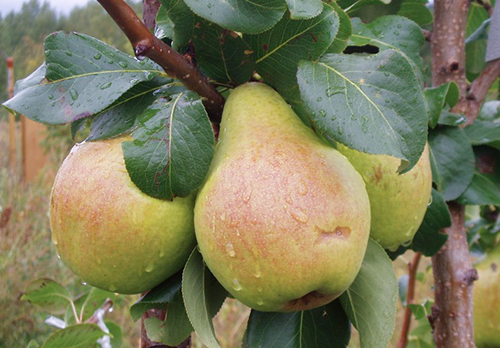
The trees are medium-sized, fast-growing. The crown is sparse, spreading, well leafy, at a young age - funnel-shaped, at the time of full fruiting - oval-round. Skeletal branches are positioned vertically at an angle. The bark of the trunk is gray, the bark of skeletal branches is light gray. Ringworms are sessile. The ability to shoot is weak. Kidney awakening is average.
Shoots of brown color, medium length and thickness, curved, rounded in cross section, not pubescent. The internodes are of medium length. Lentils are small in size, convex in shape, there are an average number. The buds are dark brown in color, conical in shape, rejected. The leaves are dark green, medium-sized, oblong-ovoid, not pubescent on the upper and lower sides, serrated serration along the edge of the leaves. The leaf blade is of medium thickness, with a smooth surface, leathery (elastic), curved along the central vein. Petioles are of medium length.
Inflorescences are more often 5 - 7-flowered, type - corymbose raceme. Flowers are white, medium-sized, cupped; the petals are moderately closed, the edges are solid. The buds are white.
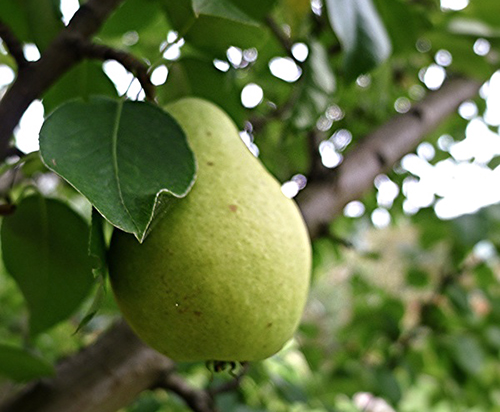
The fruits of the pear Memory Zhegalov are of medium size, weighing 120 - 140 grams (in favorable conditions, they reach 200 g and more), with a smooth surface, biconical or obovate. The skin is thin, glossy, smooth, of medium density, rarely slightly oily. The main color of the fruit is greenish or lemon-yellow, the integumentary color is rare, in well-lit fruits it is expressed in the form of a blurry dull reddish blush. Subcutaneous points are small, weakly expressed, numerous. Rustiness is weak, tender. Peduncles are straight, medium in length and thickness. The funnel is shallow, narrow in shape. The saucer is small, narrow, with a slightly ribbed surface. Open cup. The sub-cup tube is medium in size. The axial cavity is medium. The heart is small, oval, with slight granulation. The seeds are medium in size, dark brown, in one fruit there are on average 5 to 10 pieces.
The pulp is white or white-yellow, semi-oily, melting, very juicy, aromatic, medium-grained in structure, good sour-sweet taste, slightly tart. By chemical composition, the fruits contain: dry substances (16.6%), soluble substances (14.1%), the sum of sugars (9.2%), acids (0.41%), P-active substances (212 mg / 100 g). Assessment of the external attractiveness of fruits - 4.2 - 4.3 points, taste - 4.1 - 4.3 points. The purpose of the variety is universal. The level of marketability and transportability of the fruits is assessed as average.
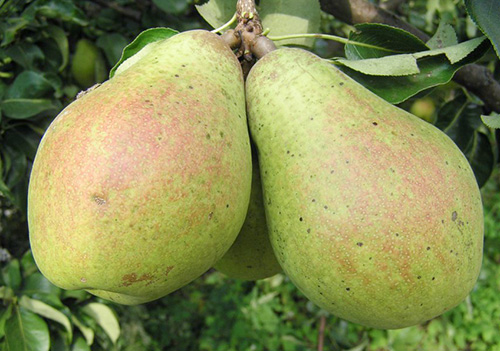
Ripening takes place in late autumn (approximately in the second - third decade of September). In a cool room, the fruits lie for 25 - 30 days. At an air temperature of 0 ° C, the crop is stored for a maximum of 100 - 120 days.
This pear is fast-growing. Yields are regular, on average 40 kg / v. (or 122 kg / ha, which is higher than the control variety Lyubimitsa Yakovlev). Fruit shedding is insignificant. In order to harvest the crop on time, you can navigate by the color of the seeds - if they are white, then 5 - 7 days remain until full ripening.
Winter hardiness is above average. Resistance to scab and other diseases is high.The variety is characterized by high resistance to extreme environmental conditions.
The variety is self-fertile. Among the best pollinators of the variety: Bergamot Moscow and Lyubimitsa Yakovlev; also Pava will do, Chizhovskaya, Cathedral, Elegant Efimova.
The main advantages of the Memory Zhegalov pear include its early maturity and resistance to scab.
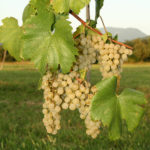
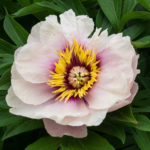
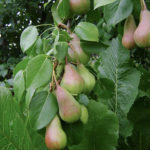
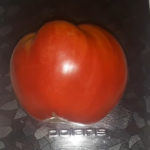
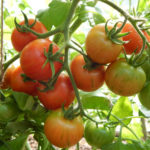
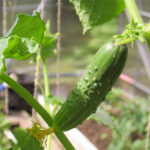



We planted this pear before it bore fruit. It tolerates winters well, grows slowly. Recently we learned that she needs a pollinator to bear fruit. Bergamot Moscow suits her best. We bought it, planted it near the Memory of Zhegalov - we will wait for the harvest. Write - from whom it bears fruit - itself or with which pollinating varieties? Since this variety is very good, especially for our climate, I really want to have fruits from it.
Chizhovskaya and Lada are growing nearby. All the pears were bearing fruit.